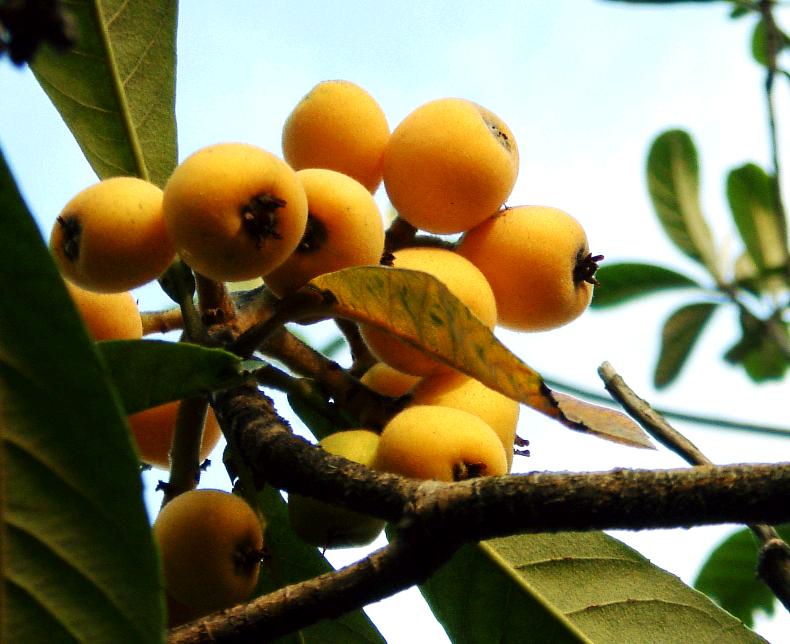Sapodilla refers to the deliciously sweet tropical fruit with acaramel or cotton candy taste, and the tree that produces it. The tree may have originated in or near Mexico, and its scientific name is Manilkara zapota. There are many different names for the fruit, which is now grown not only in much of Mexico and islands like the Bahamas and the Virgin Islands, but also in India. In India the plant may be called the treepotato or buah chicku. The name chicle is common and varieties include chicoo and chicozapote. Other variant names are zapote, mispel, nispero, and neeseberry.
The sapodilla is believed to be native to Yucatan and possibly other nearby parts of southern Mexico, as well as northern Belize and northeastern Guatemala. It was introduced long ago throughout tropical America and the West Indies and the southern part of the Florida mainland.
Sapodillas are not strictly tropical and mature trees can withstand temperatures of 26° to 28° F for several hours. Young trees are more tender and can be killed by 30° F. The sapodilla seems equally at home in humid and relatively dry environments. Although it will grow in the milder parts of southern California, whether it will fruit regularly remains to be seen. A tree in La Mesa, Calif. has borne fruit. Cool California nights seem to be a limiting factor. The slow-growing sapodilla makes a satisfactory container or greenhouse specimen.
Health Benefits of Sapodilla
Because of the tannin content, young fruits are boiled and the decoction taken to stop diarrhea. An infusion of the young fruits and the flowers is drunk to relieve pulmonary complaints. A decoction of old, yellowed leaves is drunk as a remedy for coughs, colds and diarrhea. A “tea” of the bark is regarded as a febrifuge and is said to halt diarrhea and dysentery. The crushed seeds have a diuretic action and are claimed to expel bladder and kidney stones. A fluid extract of the crushed seeds is employed in Yucatan as a sedative and soporific. A combined decoction of sapodilla and chayote leaves is sweetened and taken daily to lower blood pressure. A paste of the seeds is applied on stings and bites from venomous animals. The latex is used in the tropics as a crude filling for tooth cavities.

